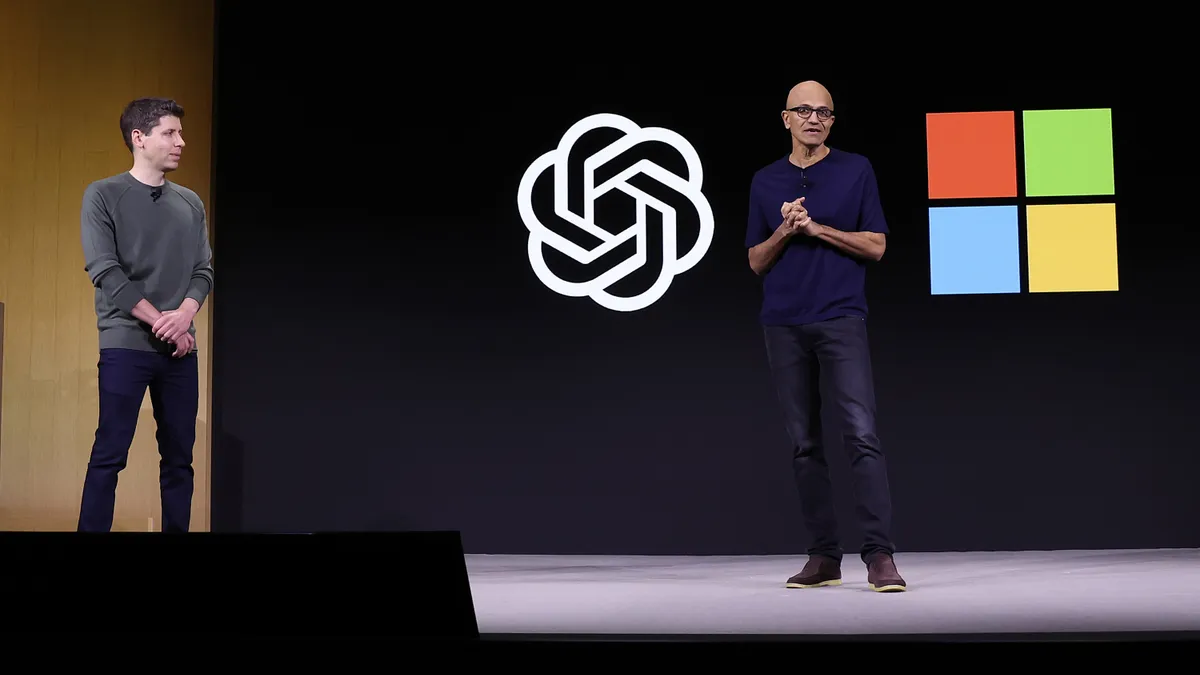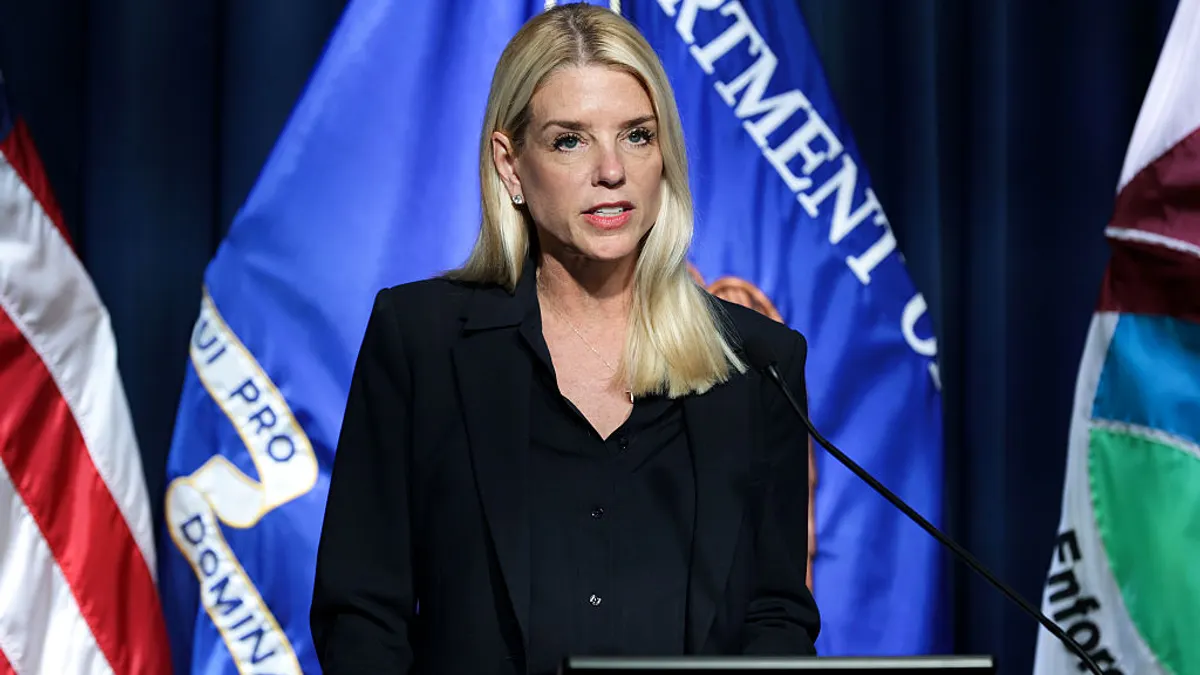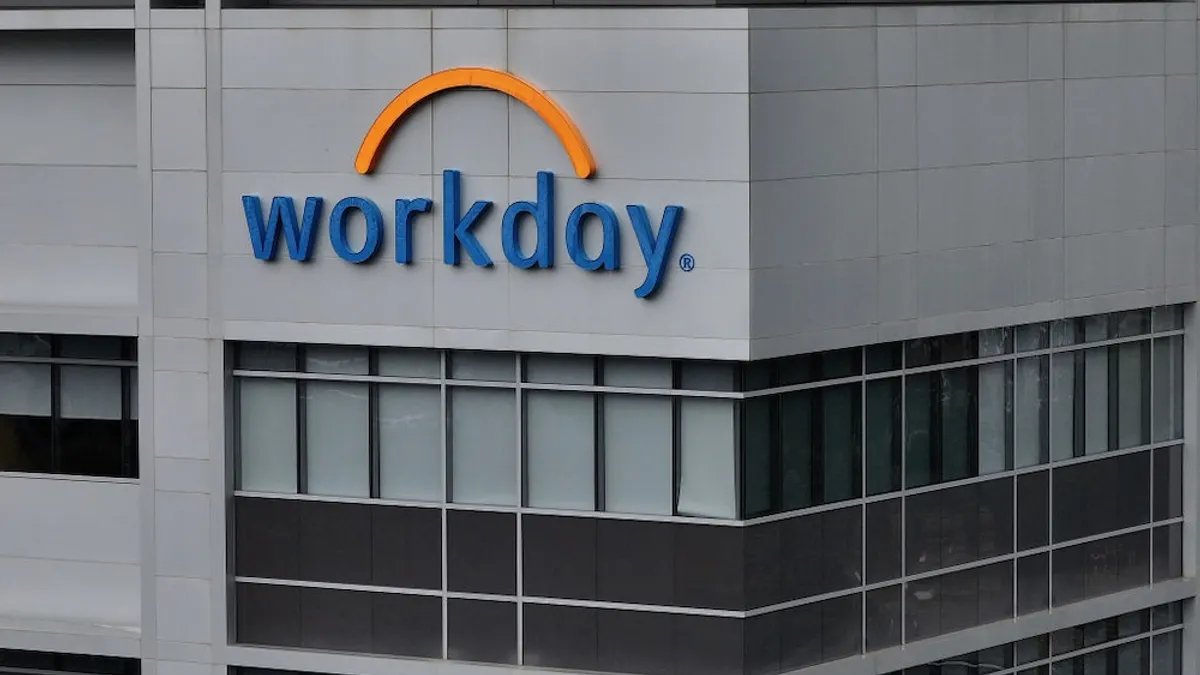UPDATE: Nov. 22, 2023: OpenAI has “reached an agreement in principle” for Sam Altman to return to OpenAI as CEO with a new board, the company said early Wednesday morning on X, formerly Twitter.
__
Last weekend brought with it a flurry of news surrounding OpenAI, the company that brought generative artificial intelligence to the masses in the form of the natural language chatbot ChatGPT.
A recap: OpenAI’s board of directors ousted now-former CEO Sam Altman Friday, saying the co-founder “was not consistently candid in his communications with the board, hindering its ability to exercise its responsibilities.” The board named the company’s chief technology officer, Mira Murati, as interim CEO. OpenAI then replaced Murati, who was only in the role for the weekend, with former Twitch CEO Emmett Shear as new interim CEO.
Meanwhile, Microsoft, an OpenAI investor, scooped up Altman and OpenAI Co-Founder and former President Greg Brockman, who was removed as chairman of the OpenAI board and left the AI startup after Altman’s dismissal, as well as other former OpenAI colleagues, to lead a new advanced AI research team. More than 700 OpenAI employees — nearly the entire staff — sent the board a letter Monday threatening to join Microsoft unless the board resigned and Altman and Brockman were reinstated.
TL;DR: OpenAI has had three people in the chief executive role since Friday, and employees are threatening to leave the company over actions by the board of directors.
The public turmoil over the leadership change at OpenAI provides some lessons for CEO succession and smooth transitions, according to one HR researcher. Alexander Kirss, senior principal of research for the Gartner HR practice, said the relationship a board has with the CEO is “one of the most important relationships that any company or organization can have.”
“There's only one group that will ultimately make that decision over whether to keep or let the CEO go, and that is the board of directors. There has to be a shared understanding between those stakeholders about what performance looks like, and there also has to be an incredibly high level of trust that the CEO is the right person for the job,” Kirss said. “Conversely, the board of directors is going to respect the CEOs performance. They're not going to act capriciously; they're not going to make a quick change based on a short-term run out of results.”
Since ChatGPT launched in November 2022, OpenAI came to be valued at an estimated $86 billion, per a share sale in the works.
CEOs shouldn't be surprised by what a board thinks of their performance, Kirss said. Instead, he said, it’s a two-way street: CEOs need to transparently communicate the organization’s progress to the board, and the board needs to transparently communicate their expectations to the CEO.
“No one wins when a CEO is surprised by what their board thinks,” Kirss said.
CEO succession planning should begin “the day before your new CEO walks in the door,” Kirss said. Boards should work with a CEO to establish a plan on how to replace the chief executive should circumstances change or tragedy strikes and have in mind who will fill in as an interim top executive if there is a sharp transition, he said.
“There needs to be a plan in place for the long-term viability of the organization,” Kirss said.
Ideally, CEO succession planning involves the CEO, the chief human resources officer and the board of directors, Kirss said. Those parties then work together to establish the roles and responsibilities for all stakeholders, to develop a process for identifying internal and external candidates for the role, as well as a recruitment strategy, and to identify what skills and competencies a new CEO should have, he said.
“An effective CEO succession plan contains a strong communication element that includes external communication, but also internal communication to employees. Employees oftentimes form a very unique relationship to their CEO, even if they’re not a direct report,” Kirss said.
Most organizations typically don’t have robust communication plans and often focus externally rather than internally when change occurs, ignoring that employees likely will fear for their jobs or the future direction of the company, he said. Often, the task of communicating to employees will fall to the CHRO.
“The most important thing for boards of directors and organizations to do when CEO succession is occurring is acting transparently, acting competently and overexplaining both internally and externally why the decision has been made,” Kirss said. “Changing your CEO is an opportunity for an organization, but it also raises incredible risk. The more confidence that the board of directors can show, the more employees who are confident in the continuity of leadership, the new CEO and their team, the better.”
On Monday, two days after Altman was fired, OpenAI Co-Founder and Chief Scientist Ilya Sutskever, who also serves on the board, posted on X, formerly known as Twitter, a change of heart and signed onto the employee letter demanding a course reversal by the board.
“I deeply regret my participation in the board's actions. I never intended to harm OpenAI. I love everything we've built together and I will do everything I can to reunite the company,” Sutskever wrote.
A survey earlier this year by Gartner found that 51% of boards of directors don’t have written CEO succession plans.
“A huge pitfall is not having a plan,” Kirss said.





















